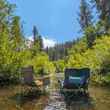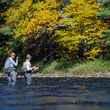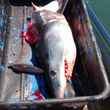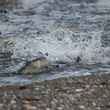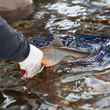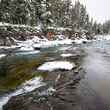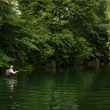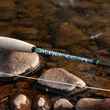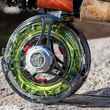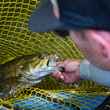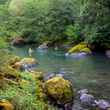Anglers have no shortage of options for gear designed to help keep them warm when heading out into the typically frigid conditions encountered when fly fishing in winter. Products based on natural materials like wool and down have been available for as long as most of us can remember and advances in technology continue to make synthetic fabric, insulation and outlayers better and better. Many of the products on the market today, whether a baselayer, warmth-providing midlayer or an expedition-proof, damn-the-elements outlayer allow anglers to get out on the water and stay out longer in the worst of conditions. The best of these products don't come cheap, but anglers are noticing the true value of comfort and safety on the water, and more and more of them are ponying up.
Some of these anglers, however, continue to handicap their technical winter gear with the heartbreak of cotton. Those bomber waders and the $400 Gore-Tex wading jacket you saved up for all summer aren't going to do their jobs if you're donning blue jeans and a hoody underneath them. But they're not failing because they're over-hyped pieces of junk, they're failing because you crippled them with winter's worst fabric.
Cotton may indeed be the "fabric of our lives," but it has no place on any icy winter stream. Not in any amount. That means your favorite t-shirt stays home and your game-day sweatshirt gets stowed. And don't even think about wearing those old-school waffle-textured long johns. Cotton boxers or socks? Nope. And again, blue jeans? Stop it.

